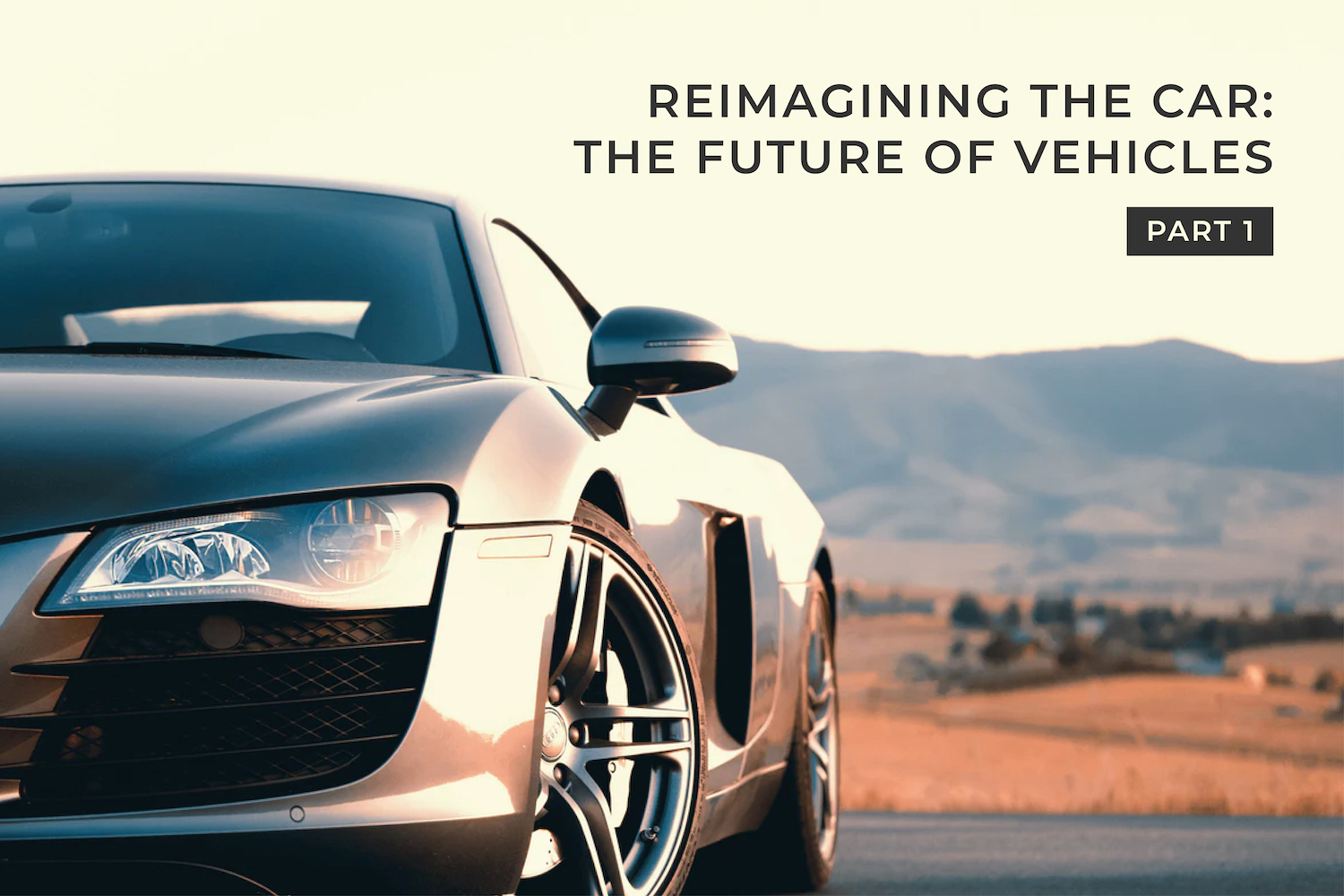Reimagining the Car: The Future of Vehicles, Part 1

Part one of a series on the future of vehicles
Over the past decade or so, we’ve seen technology completely overhaul familiar appliances and tools. For example, televisions transformed from showing episodes airing in real-time on a limited number of channels, to supporting multiple streaming services and apps that can produce virtually any show, movie, or even trainer-led workouts on demand. It goes without saying that phones have evolved from a device for talking to powerful pocket computers for work, socializing, activism, and entertainment.
The future of vehicles will see a similar transformation and reimagination. Let’s explore what the future holds.
Going electric
Interest in electric cars has slowly ticked upward over the past five years. But in the past several months, consumers have started to see the possibilities of this technology beyond simply an alternative to gasoline-fueled cars. Following Tesla’s entry into the market, others have followed suit with luxury vehicles like the Audi e-tron, made for both comfortable and efficient communing as well as performance. Then, Tesla’s futuristic Cybertruck caught everyone’s attention in November 2019 with its display of power and performance. The electric truck received more than a quarter of a million pre-sales within a week of its unveiling, with now more than 650,000 pre-sales. This shows that the future is electric.
New operating system
Up until now, a human was the primary “operating system” of a car, responsible for everything from physically driving to navigating with a paper map. Over the years more digital upgrades have started to supplement with technology such as driver assist to keep vehicles in their lanes and navigational guidance that announces turn-by-turn directions. In the future, more, and more of the operations will be controlled by the car itself, which goes beyond autonomous self-driving abilities. “The car of the future—achievable in less than five years—will have the convenience and the user experience of an iPhone, and the capabilities of a datacenter connected to the personal cloud,” predicts Frederic Filloux, former Senior Research Fellow at Stanford University and expert on digital business models and technology. “The vehicle will carry an OS, with an ecosystem of apps to deal with any situation.” As an example, Filloux illustrates in the future of vehicles how a car could arrive at the airport, download a real-time map updated with construction and available parking space information, and once its passengers and luggage are offloaded, the car will park itself.
Size matters
In the distant past, all computers were the size of buildings, or at least large rooms. Today computing power comes in all sizes, depending on the need. It could be the size of a watch, small Chromebooks, and Macbook Airs for basic functions, more powerful laptops for video editing and production, larger desktop models for design, and connected networks of supercomputers. Users pick and choose their model depending on their needs, perhaps switching between modes depending on if they’re at work or at home. The same applies for vehicles, which can alternate between commuting, hauling, towing, cruising, vacationing or traveling. New vehicles will be designed to be as small or big as the situation needs.

Steve Messenger
Steve Messenger is PartsTrader’s
Group Chief Executive Officer.




